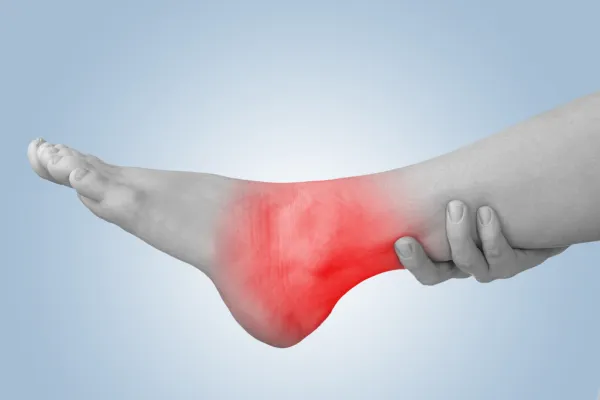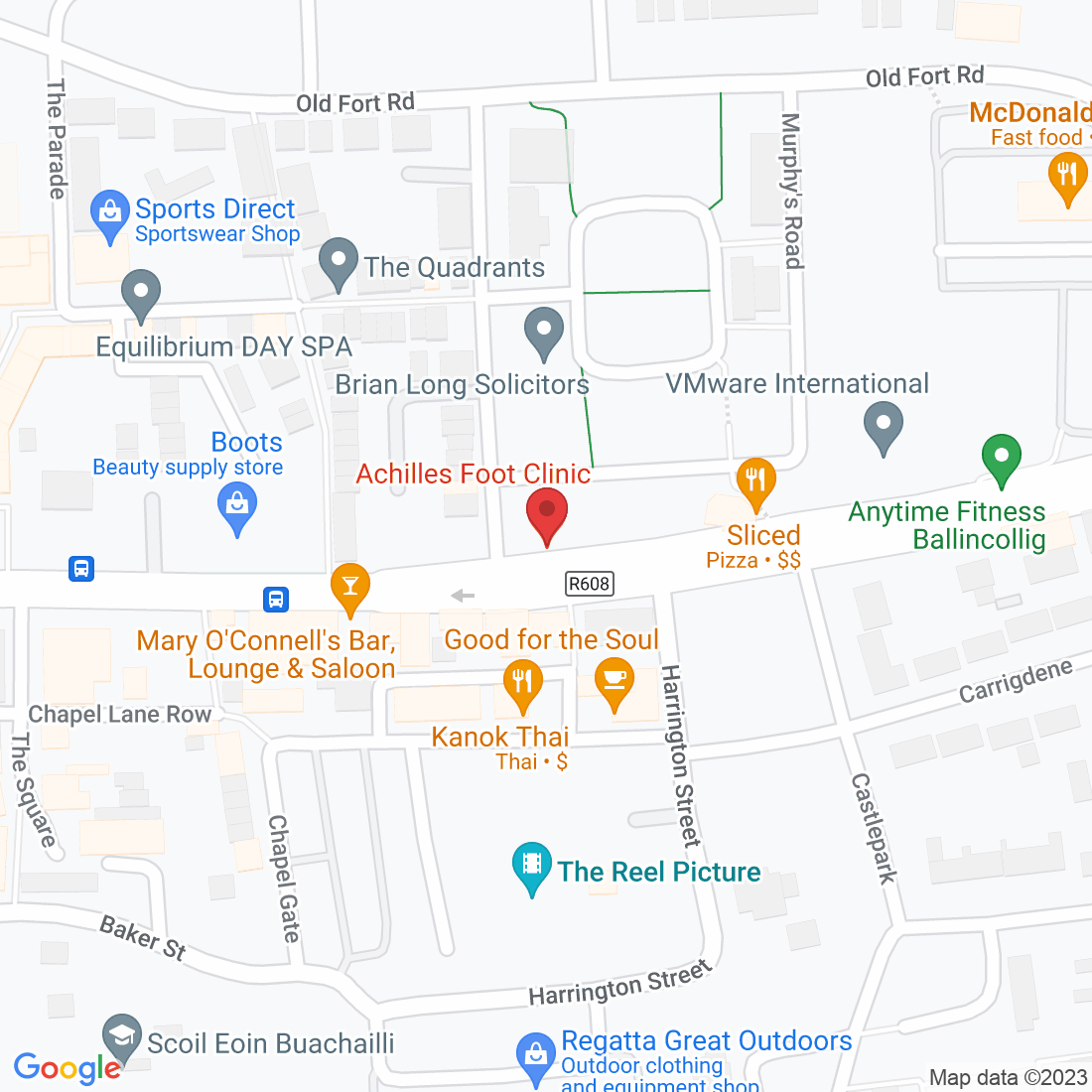
We have all been there, neglected a niggle in our foot and told ourselves that it would probably go away. Weeks have passed, even months, and it’s only getting worse. Then finally, when we are hobbling around barely able to walk, we decide to seek help…
Well, at Achilles Foot Clinic, we are here to help you.

Recurrent Ankle Sprains and Chronic Instability: When to Seek Podiatric Help
You’ve rolled your ankle again—and now it feels sore, swollen, and unstable. Sound familiar?
If you’ve had multiple ankle sprains over the years, you’re not just unlucky. You may be dealing with a condition called chronic ankle instability, where the ankle becomes weaker and more prone to turning in or giving way, even during simple activities like walking on uneven ground.
At Achilles Foot Clinic, we see this a lot—especially in people who are active, have a history of sports injuries, or never fully rehabbed a past sprain. Let’s look at why this keeps happening and, more importantly, what you can do to stop the cycle.
Why Do Ankle Sprains Keep Happening?
When you sprain your ankle, the ligaments (the strong bands of tissue that hold your ankle in place) stretch or tear. With proper treatment and rest, they can heal—but sometimes they don’t heal completely or regain their full strength.
Here’s what can go wrong:
The ligaments remain weak or loose, making it easier for your ankle to roll again.
Your balance and coordination (called proprioception) may be reduced, so your brain doesn’t react as quickly to sudden movements.
Your foot mechanics might be off—for example, if you have high arches or flat feet, your ankle may be under more stress than it should be.
Or, you may simply have gone back to activity too soon, before everything was fully healed.
Over time, this can lead to a wobbly, unpredictable ankle that feels like it could “go” at any moment.
Signs You Might Have Chronic Ankle Instability
Frequent rolling or turning in of the ankle
Ongoing pain, especially on the outside of the ankle
Swelling that keeps coming back
Feeling like your ankle is weak or “gives way”
Trouble with uneven surfaces or sports activities
Worry or hesitation when walking on stairs or hills
When to See a Podiatrist
If ankle sprains are becoming part of your routine—or if you feel like your ankle has never been quite right since your last injury—it’s time to get it checked.
The longer you leave it, the weaker the joint can become, and the harder it is to restore normal movement and strength. Left untreated, chronic instability can even lead to early arthritis in the ankle.
At Achilles Foot Clinic, we take a close look at what’s really going on. We don’t just treat the pain—we investigate why it keeps happening.
What Treatment Looks Like
Every ankle is different, but here’s what we may include in your recovery plan:
1. Biomechanical Assessment
We’ll analyse how your feet move, walk, and support your body. Issues like high arches, pronation (rolling in), or uneven gait patterns can be a hidden cause of recurring sprains.
2. Custom Orthotics
If your foot shape is putting extra strain on the ankle, custom insoles can help stabilise your step, support the ankle, and reduce your risk of re-injury.
3. Balance and Strengthening Exercises
We’ll guide you through simple movements to retrain your muscles and ligaments. The goal is to improve stability, reaction time, and ankle control.
4. Supportive Footwear Recommendations
The wrong shoes can leave your ankles vulnerable. We’ll help you choose footwear that offers proper ankle support and shock absorption.
5. Advanced Treatment (if needed)
For stubborn cases, we may discuss additional options like laser therapy to help with healing, or refer you to a specialist for imaging if there’s deeper damage.
You Deserve to Move with Confidence
It’s easy to brush off an ankle sprain as “just one of those things.” But if it keeps happening—or if your ankle still feels weak weeks or months later—that’s your body asking for help.
You don’t have to live with an unstable ankle. With the right support, treatment, and care plan, we can help you feel strong, steady, and confident again—whether you’re chasing after your kids, walking the dog, or heading back to the sports you love.
Let’s Take the First Step
At Achilles Foot Clinic in Ballincollig, we’re here to help you heal and prevent re-injury. Whether it’s your first sprain or your fifth, we’ll guide you toward lasting stability—without the guesswork.
Ask Lorcan And His Team
Fill in the form to request a Call From Our Team
Fill in the form to request a Call From Our Team
One of our team will call you for FREE and answer any questions or concerns you may have about Bunions.
One of our team will call you for FREE and answer any questions or concerns you may have about your uncomfortable Bunions.








